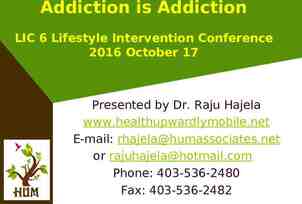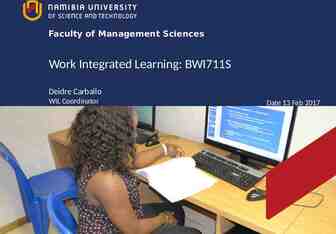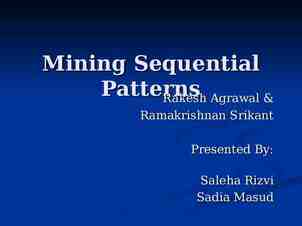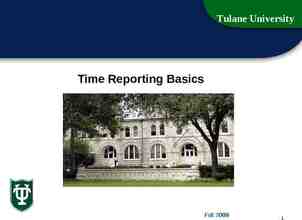Relaxation and Mindfulness Practice after Brain Injury Mary
12 Slides1.46 MB

Relaxation and Mindfulness Practice after Brain Injury Mary Curran, MSW, LICSW University of Washington Department of Rehabilitation Medicine

Learning Objectives We will explore how the mind and body work together during pain How relaxation can help Some tips on developing a relaxation practice Learn relaxation skills such as breathing, mindfulness meditation and guided imagery

Pain & TBI Pain is common after TBI Most common pain sites: headache, back, neck, arm, legs, and joints Typically requires more than one strategy or treatment Some people benefit from medication, most people need to include exercise and other approaches too One strategy that is recommended to manage pain is learning how to relax

How the mind & body work together during pain Adapted from Loeser’s model of pain

The brain is in charge

Benefits of Relaxation Decreased heart rate, respiration rate and blood pressure Less muscle tension and pain Decreased circulation of stress hormones Appears to have an effect on the areas of the brain that are involved in pain perception and modulation Fewer negative, stressful and anxious thoughts Increased feeling of calm Improved sleep

Tips for Practicing Relaxation Techniques Relaxation exercises are skills that you can use to improve your health Relaxation is a skill you can use anytime you feel stress or pain, are trying to sleep, or want to take a break and relax Best to practice often Try to find a quiet place to relax Practicing in a calm and quiet place makes it easier to relax

Mindfulness Definition: Paying attention to the present moment without judging it, without being swept away by it Too often we are on autopilot - not present for much of our lives Mindfulness involves becoming more aware of our thoughts, body, and feelings, in each moment Learn to respond not react Gives us more freedom and choices

Relaxation Skills Diaphragmatic breathing Mindfulness Meditation Focuses on breathing to help you relax One of the easiest and most effective relaxation skills Diaphragm activated so that more air can be inhaled; allows you to breathe more deeply 3 minute breathing space Body Scan Mindfulness of breath, body, thoughts Progressive Muscle Relaxation Guided Imagery Helps you to learn to pay close attention to feelings of tension & relaxation in your body Learn to tense and release various muscle groups throughout the body Important to tense muscles first in order to ultimately produce relaxation Allows you to take yourself out of your current situation & explore a relaxing situation in your mind, experiencing this setting fully with all your senses

Practice Relaxation Breathing Relaxation Breathing Mindfulnss Meditation & Guided Imagery Mindfulness Meditation & Guided Imagery

Summary of key relaxation messages Practice regularly, even when you are not in pain/stressed Can have beneficial effects, including reducing the number and severity of painful episodes, particularly headaches The good news is that, unlike many medications, the more you use (relaxation), the more benefit from it you’ll discover Tips: practicing in quiet, calm place makes it easier to relax Learning to relax takes time, so be gentle with yourself

Relaxation Resources There are many relaxation resources to support your practice including: – Online (websites): Greater Good Science Center at UC Berkeley – Audio-recordings: UCLA Mindful Awareness Research Center-guided medit ations – Smart-phone apps: List reviewing Meditation & Relaxaton Apps Insight Timer, Calm






